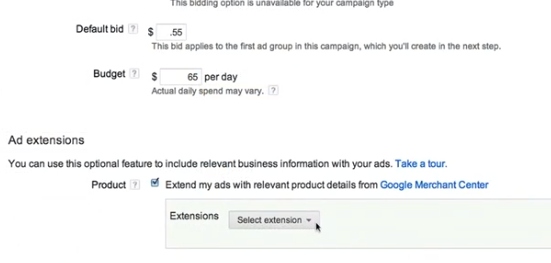
Since they announced the transition to a paid model for Product Search results in May, Google has worked hard to drive merchants to the new program. To date, tens of thousands of merchants have made the switch; the inventory of over 100,000 online sellers now populate Google Shopping results.
The transition actually kicked off in July, allowing merchants to start setting up PLAs (product listing ads) in place of appearing in Google Product Search results. The shopping model operates as a pay-to-play comparison shopping engine, whereas the previous program was free of charge.
Still, says Google, “We’ve been pleased by the rapid adoption of Google Shopping in the retail community; tens of thousands of merchants, including many marketplaces, have come on board and are participating in Google Shopping via the new model, based on Product Listing Ads.”
Handmade arts and crafts site Etsy is one of those early-adopter marketplaces. They’ve just announced their investment of over a quarter of a million dollars in Google PLAs on behalf of sellers, in the run-up to the holiday season.
Etsy acknowledged the concerns of their selling community in a post on their News Blog.
“We know many of you have been discussing what this means, as currently Google Product Listings have been unpaid and have driven traffic to many Etsy shops… Without making a change, Etsy sellers could lose visitors and visibility during the most crucial time of year,” wrote Frank Harris, Etsy’s Product Manager.
They’re working closely with Google, Harris said, to increase the number of syndicated Etsy sellers and shops allowed PLAs in Google Shopping.

Colorado’s ToolKing.com got in even earlier and have experienced encouraging results, to date. “We have been using Google since the Froogle days. Although we were aware of PLAs, we did not make them a priority until ChannelAdvisor made it clear that they’d be the only way to go on Google Shopping,” said Ben Skigen, ToolKing.com e-commerce director.
Traffic and conversion rates both have risen more than 50 percent since the switch. The company also has reinvigorated sales of thousands of products thought dead. ToolKing has PLAs for all of their products, though some non-performers are underbid to appear low in shopping results, or not at all.
“Given the results we’ve seen so far, we’re not shy about investing more into PLAs. Looking ahead, we will continue developing our bidding algorithms to maximize our ROI,” Skigen said.
Google has released a number of resources to help interested merchants make the switch and are working hard to encourage them to adopt the paid model. Amazon just stole Google’s crown as the top shopping research destination this summer; this marked a huge change from 2009, when 24 percent of consumers went to Google first, to Amazon’s share of 18 percent. Google now attracts a paltry 13 percent, according to Forrester.
”Ways to Win Shoppers at the Zero Moment of Truth” is another of Google’s recent initiatives to help retailers connect with customers when it matters most. Their handbook is free to download and available on their Zero Moment of Truth blog.
Google will release new merchant tools in the coming months and plans to roll out PLAs and Google Shopping in Europe, Asia, and Latin America in 2013.

